Thrips invade the garden and suck the juices from the leaves and stems, robbing the plant of its vitality. They scar fruits and vegetables and spread plant diseases such as tomato blight. It is never good to find them in plant beds, as they are often very prevalent.
Fortunately, there are several things we can do to eliminate these parasites and keep them at bay. Here’s more about what they are, how they affect plants, and how to stop them.
What are Thrips?
Thrips are elongated insects, rarely exceeding 1 cm in length as adults. Adult insects are generally yellow, black, or brown, while larvae are usually yellow or green. These insects belong to the butterfly family Insecta.
Some species have wing edges, but they are not strong in flight. Others have rudimentary wings that do not function at all.
There are over 4,500 species, and some say there are close to 6,000.
While some species are harmful to plants, others are useful. These useful species attack and devour other insects, including different thrips species. Since it is difficult to tell the bad ones from the good ones, most people simply choose to eradicate them all.
What Do They Eat?
Most pests feed on plant juices. They bite into plant stems, dig holes to drink, or use their syringe-like mouths to extract the liquid from the leaves.
These pests infest most commercial food crops. They rub against the surface of fruits and vegetables, sometimes damaging them. Some varieties also invade ornamental plants such as roses and trees.
They lay their eggs in the stems of the plants, so the eggs can be difficult to find. It is crucial to check flowers, leaves and stems for adults and nymphs.
How Can I Get Rid of Thrips?
Some species are resistant to certain pesticides. Pesticides can kill these parasites, but it may take longer to get rid of them.
The following steps will help you eliminate thrips from your garden and protect your plants from future attacks!
1) Organic Control
Moderate infestations may require insecticides or insecticidal soaps. Applying a product such as safe soap liberally over the entire surface of the plant will kill what is on the plant and stop new thrips from coming in.
A slightly more potent combination is to mix neem oil with insecticidal soap. Neem oil provides additional killing power while still being environmentally friendly.
For severe infections, a more potent option may be needed. Then use a pyrethrin spray with fatty oils to suffocate and poison thrips.
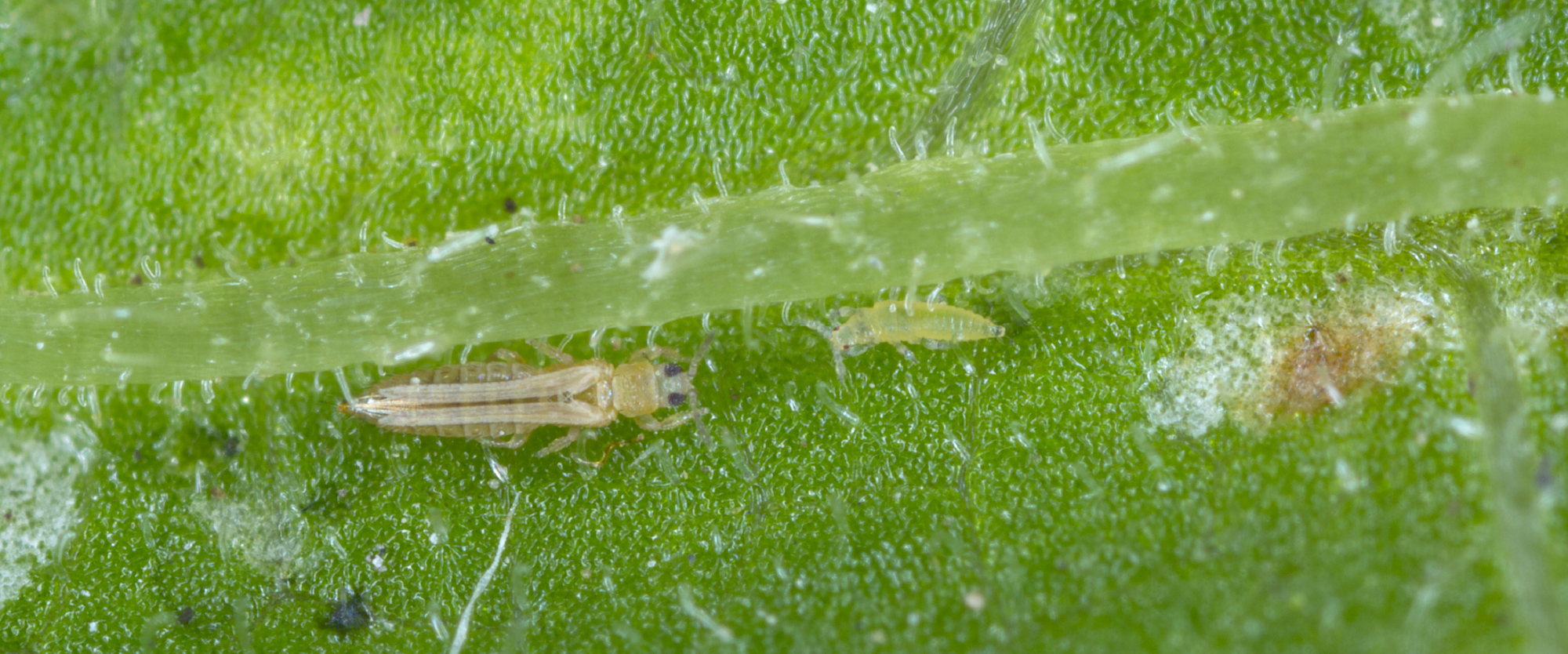
2) Controlling the Environment
Remove grass and weeds around planting beds. Thrips can live in grassy areas and weeds. Also, remove all plant debris from around the plants that might provide a home for them.
3) Keep the Greenhouse Clean
A clean greenhouse, free of plant debris, is also less likely to have pest problems.
4) Don’t Forget Beneficial Insects
One type of mite, the predatory mite, likes to pollen and thrips. They also eat small pirate insects. Both ladybugs and nanapod ladybugs are also good for reducing populations of thrips. Finally, the betel weevil is known to destroy several species of thrips.
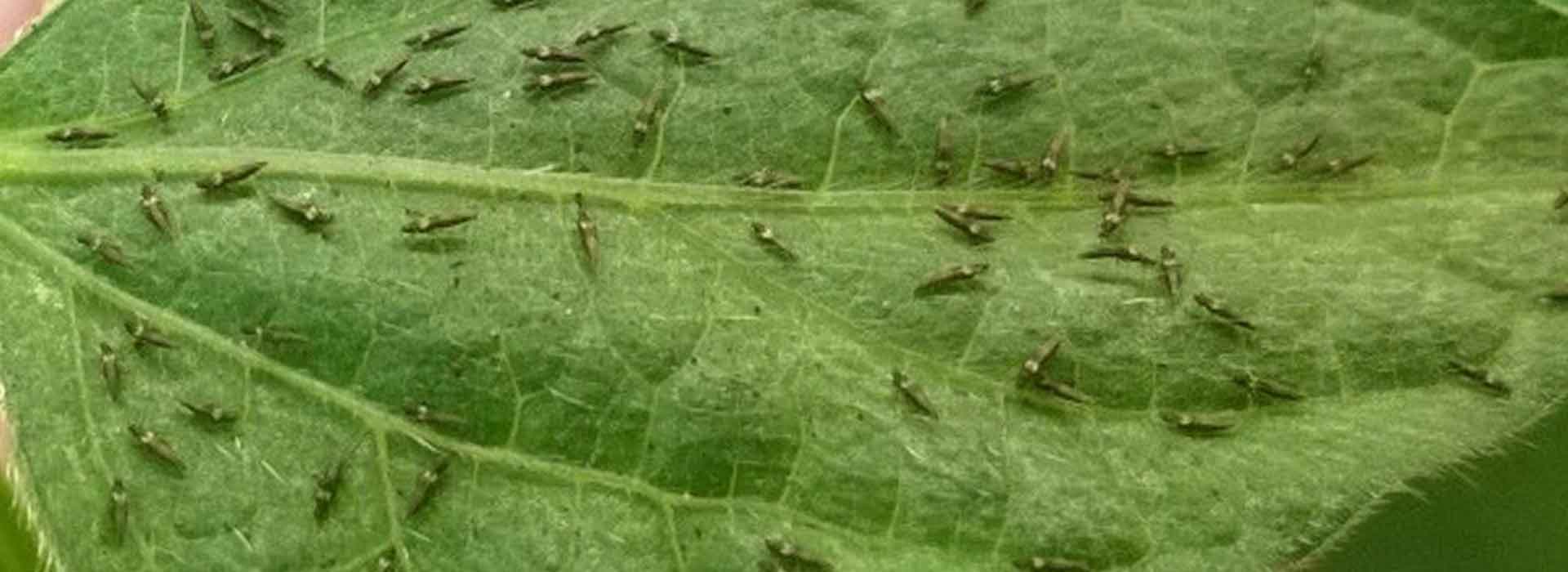
5) Prevention
New plants should be inspected before being placed in the garden or greenhouse. This irritating pest spreads very quickly from new plants to old plants.
It may be wise to place plants in a quarantine area outside the greenhouse or garden for a few weeks and see how they do.
Thrips tend to avoid plants that have been heavily dusted with diatomaceous earth or kaolin clay. Kaolin clay coats the plant’s leaves with a granular powder that insects don’t like. Diatomaceous earth looks like a knife to small insects.
Let us know if these few tips have helped you get rid of thrips from your plants in the comments below!
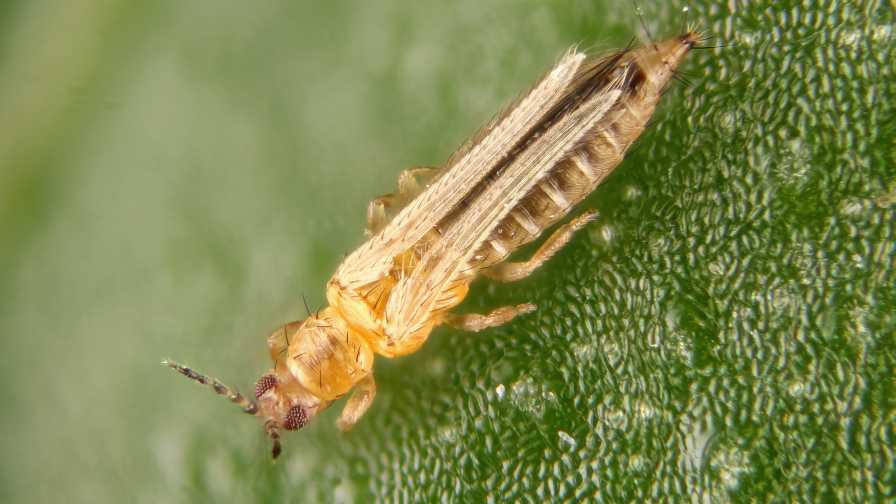
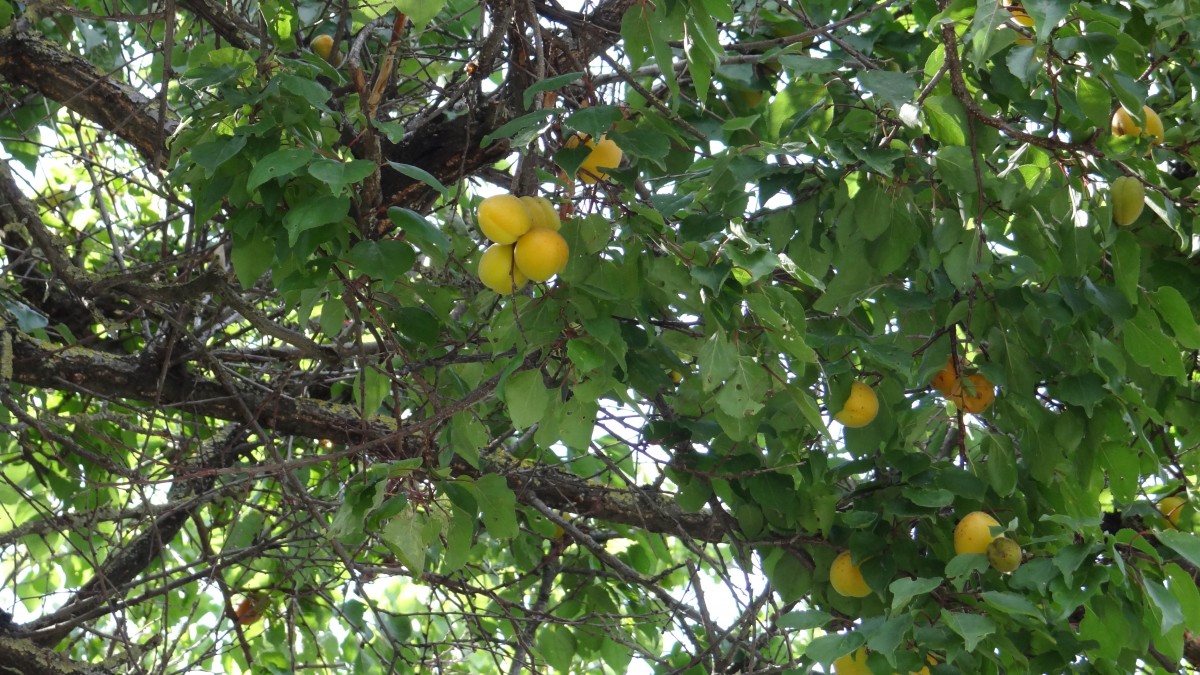
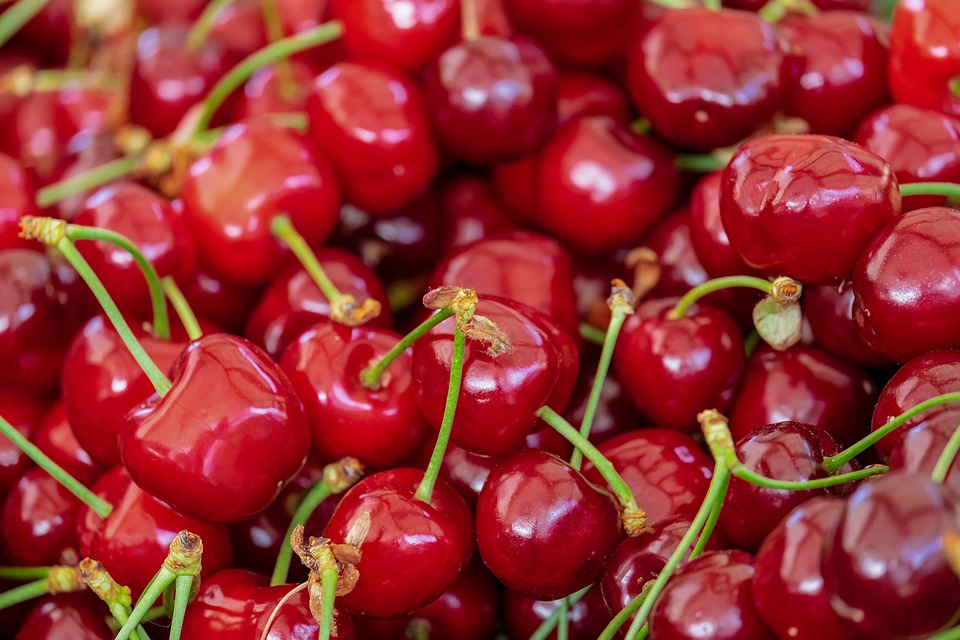
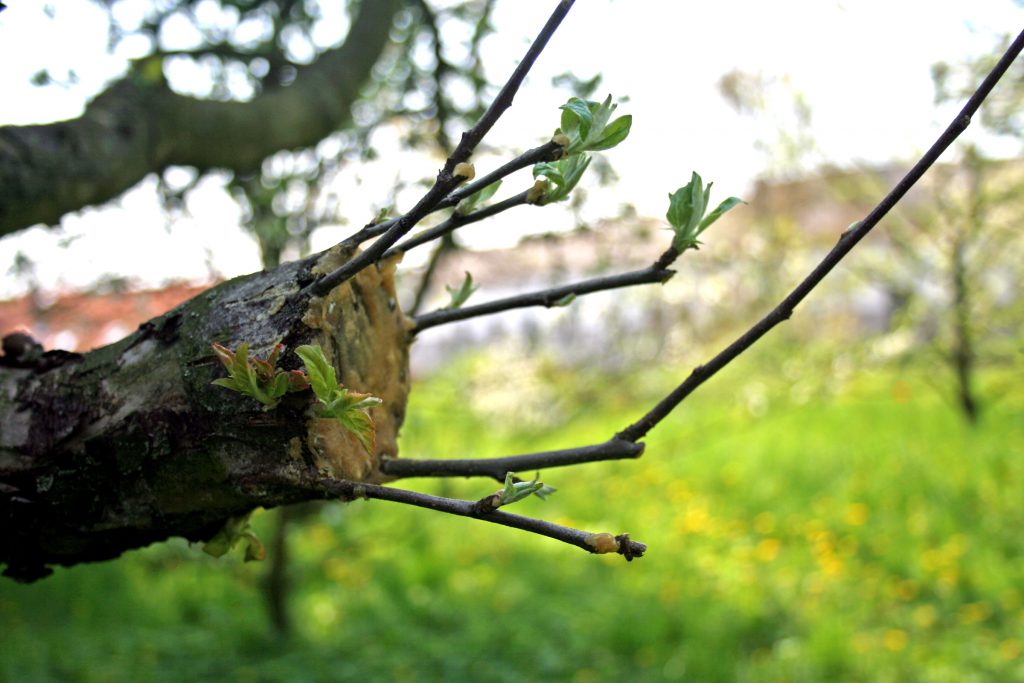
1 thought on “5 Tips for Removing Thrips from Ornamental Plants”